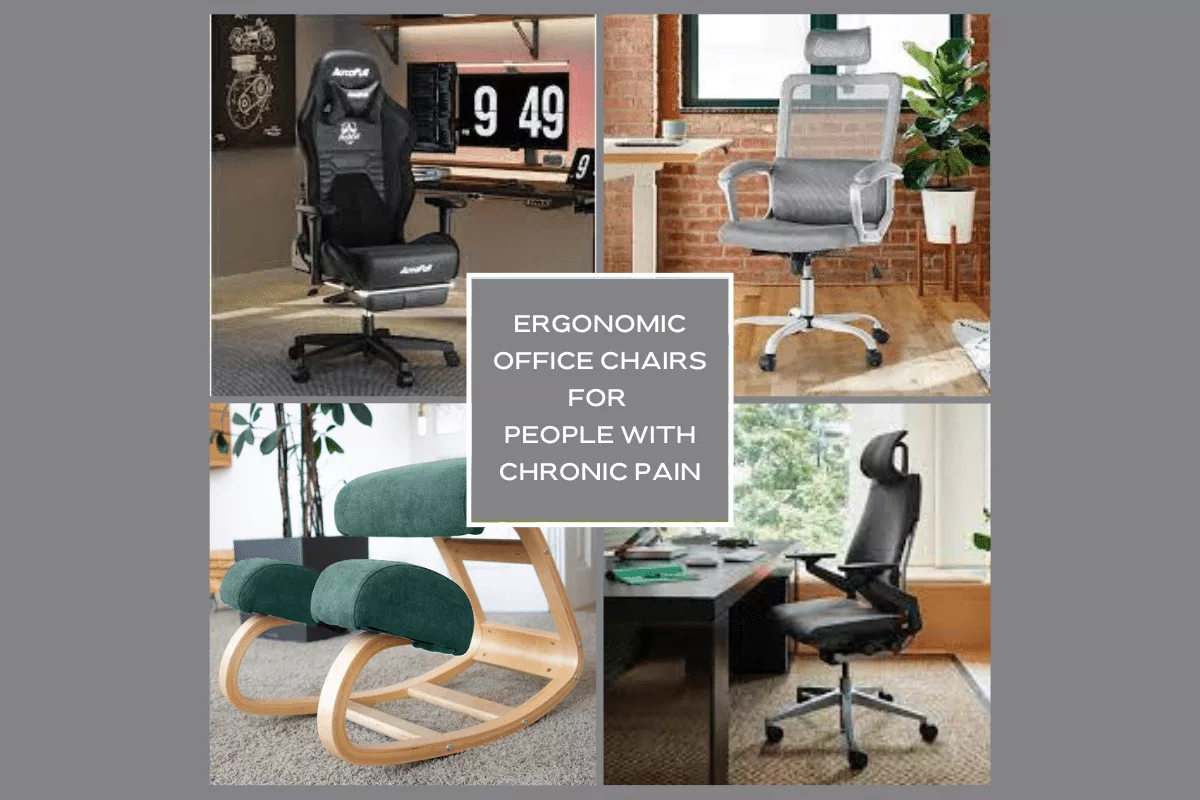
Do you know someone who has a disability that causes mobility issues? Are they trying to find a method to remain independent, active, and pain-free? Podiatry could be the answer.
Podiatric treatments can improve the quality of life for those living with disabilities. From running marathons to simply walking down the street, podiatrists have enabled many individuals to regain their ability to move around confidently and gracefully.
Let's explore how podiatry helps disabled people daily through treatments like therapy, orthotics, footwear modifications, and surgeries.
What Exactly Is Podiatry?
Podiatry is a field of medicine that concentrates on diagnosing and treating conditions related to the feet, ankles, and lower legs. It’s also known as chiropody or pedicure. By reducing pain and discomfort, this branch of medicine helps patients keep their mobility and enhance their quality of life.
Podiatrists may concentrate on specific medical issues, including biomechanics, orthopedic surgery, or diabetic foot care. They might use various treatment methods, which include physical therapy exercises, custom-made braces or splints to provide support and stability, shoe modifications to prevent injury, and surgical interventions for more severe cases.
How Podiatry Helps People With Disabilities
Podiatry can help treat disabilities in various ways. Here are some of the most common treatments:
Custom Orthotics
If you've ever had foot pain, you know how miserable it can be. Fortunately, a podiatrist can save the day by creating bespoke orthotics for you.
Custom orthotics provide the support and stability your feet, ankles, and legs require. They make it easier for you to move around easily without experiencing any pain.
They will also fit you precisely and perform as intended because they are customized just for you. You will no longer have to endure foot pain thanks to bespoke orthotics.
Physical Therapy Exercises
Regarding physical therapy exercises, podiatrists can be our best friends. They understand how certain muscle groups work in tandem to keep our feet, ankles, and lower legs moving smoothly.
That's why they might recommend exercises that target those precise muscles. While we may not be used to flexing our feet or rotating our ankles, trust them when they say these movements can help build strength and flexibility.
With some guidance and practice, you'll look like a pro in no time. So don't be afraid to move your feet–it may do wonders for you in the long run.
Footwear Modification
For those with disabilities, mobility can be a daily challenge. Footwear modification can make a world of difference for people in this situation.
Special shoes can help reduce pain and improve mobility with the right support and cushioning. Podiatrists are experts in suggesting fitting modifications that can help patients achieve the best results.
Although they may appear insignificant, these changes can greatly impact how someone lives their daily life. A person's mobility can be significantly increased with the correct footwear.
Surgical Intervention
Nobody wants to be told they require surgery. Still, there are rare circumstances where it may be the best way to ease pain and enhance mobility.
A podiatrist might advise surgery if you've been dealing with aching feet or ankles. Some common procedures include removing bunions, repairing tendons, and replacing worn-out joints.
Although it may seem difficult, remember that contemporary surgical techniques are safer and more successful than ever. Additionally, consider how much better you'll feel once you can walk normally once more.
Nutrition Advice
You might not think of nutrition when you're taking a trip to the podiatrist. Still, they often make dietary suggestions to improve your well-being.
Eating healthy and exercising regularly can positively affect foot and ankle problems. Specifically, certain foods can help build strong muscles and bones that will be better equipped to protect you from future injury.
Good nutrition also provides the energy you need to stay active and on your feet. Eating correctly can make a huge difference for anyone with limited mobility, as it will help them have the energy necessary to move around more easily.
Conclusion
Podiatry is essential in improving the lives of people with foot impairments. It not only reduces pain and improves movement, but it also considerably improves general well-being.
Podiatry offers comprehensive care by focusing on areas as detailed as surgical procedures to aspects as broad as nutritional advice. It can enable many in the disabled community to walk with increased comfort and grace, ultimately improving their quality of life.
Image by pch.vector on Freepik
Follow me down the rabbit hole!
I'm Alice and I live with a dizzying assortment of invisible disabilities, including ADHD and fibromyalgia. I write to raise awareness and end the stigma surrounding mental and chronic illnesses of all kinds.
Dr. Wilson graduated from Rosalind Franklin University of Medicine and Science and completed her residency in Internal Medicine at Advocate Good Shepherd Hospital in Barrington, IL. Dr. Wilson specializes in providing culturally competent and trauma-informed care to patients with physical disabilities. In addition to her private practice, she works as a science communicator, teaching health literacy to middle school and high school students in her local school district.









